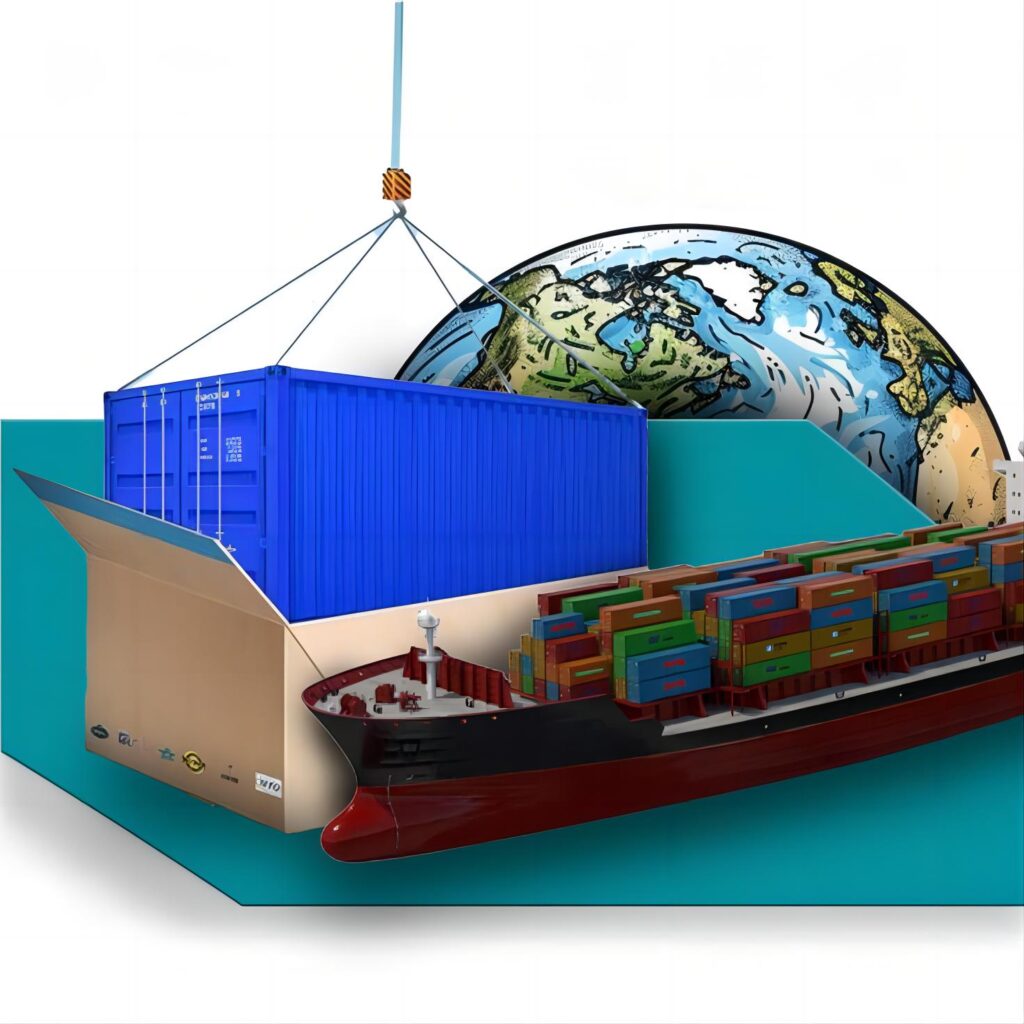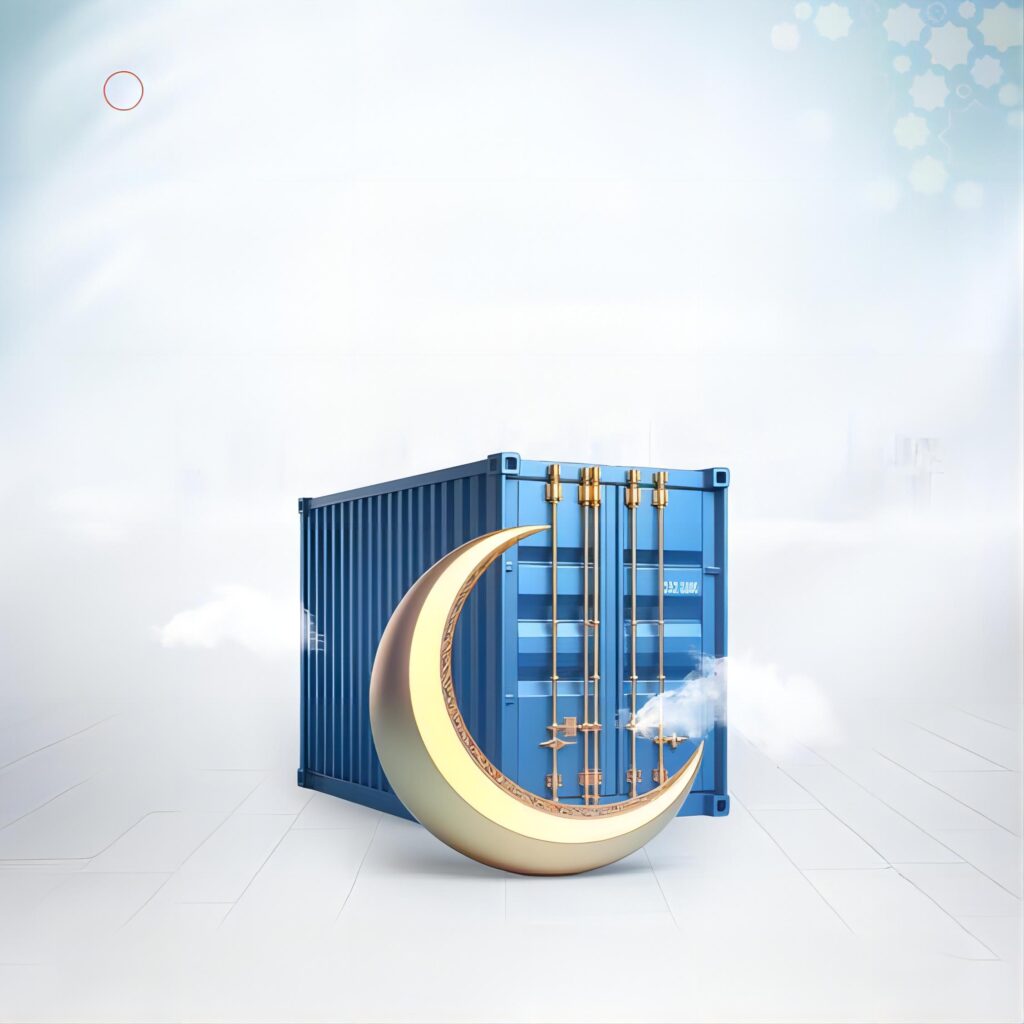- By TOP CHINA FREIGHT
- February 21, 2025
- Sea Freight, Service, Shipping
When it comes to international shipping, choosing the right sea freight container is essential for ensuring your goods are delivered safely, efficiently, and at the most cost-effective rate. Sea freight is one of the most commonly used methods for transporting large quantities of goods across long distances, and selecting the right container can make a significant difference in both cost and efficiency.

1. Understand the Types of Sea Freight Containers
There are several types of sea freight containers available, each suited for specific types of cargo. Understanding the different options is the first step in choosing the best one for your needs.
- Standard Containers (Dry Van Containers): These are the most common type and are used to transport general cargo. They come in 20-foot and 40-foot sizes, making them a versatile option for a wide variety of products.
- Reefer Containers: These are refrigerated containers designed to transport perishable goods like food and pharmaceuticals. They maintain a constant temperature, ensuring the safety of your temperature-sensitive cargo.
- Flat Rack Containers: For oversized or heavy cargo that cannot fit into a standard container, flat rack containers are ideal. These containers are open on top and sides, offering flexibility for large or irregularly shaped items.
- Open Top Containers: Similar to flat racks, open top containers are used for cargo that requires extra height or specific loading methods. These containers are ideal for goods that cannot be loaded from the side.
2. Evaluate Your Cargo’s Size and Weight
Before selecting a sea freight container, you need to evaluate the size and weight of your cargo. Understanding your cargo’s dimensions and weight will help you avoid underutilizing or overloading your container, which can lead to unnecessary shipping costs.


- Load Optimization: Choosing a container that fits your cargo as closely as possible can maximize space and reduce costs. Overpacking a container may cause damage to your goods, while underpacking means you’re paying for unused space.
- Weight Considerations: Each container has a maximum weight capacity. Be sure to check the specifications of the container you plan to use to ensure your cargo does not exceed these limits.
3. Shipping Costs: Consider Size and Type
When selecting a sea freight container, consider how the size and type of the container will impact the shipping costs. Generally, larger containers (such as 40-foot containers) will be more expensive than smaller ones, but this may be worth it if you need to transport more goods.
Additionally, specialized containers, like reefer containers, often incur higher shipping fees due to the added refrigeration technology. However, if you are shipping perishable items, the added cost may be justified by the need to maintain specific temperatures.
4. Think About Transit Time and Delivery
Your choice of sea freight container should also take into account the transit time and delivery requirements of your shipment. Certain types of containers, such as reefer containers, may require extra handling and monitoring, which can impact delivery timelines.
If you’re shipping time-sensitive cargo, it’s important to choose a container that not only meets your cargo’s needs but also aligns with your shipping schedule.
5. Work with Experienced Freight Forwarders
Choosing the right sea freight container is a crucial part of the shipping process, but it can be complex, especially for first-time shippers. That’s why working with an experienced freight forwarder like Top China Freight can make the process easier. Freight forwarders are experts in optimizing shipping solutions and can guide you in selecting the best container for your cargo while helping you stay within budget.
They can also assist with documentation, customs clearance, and other logistical tasks that ensure your shipment reaches its destination smoothly and on time.
FAQ:
What are the common types of sea freight containers?
The common types of sea freight containers include standard containers, refrigerated containers, flat rack containers, and open top containers. Each type is suited for different types of cargo.
How do I choose the right container size for my cargo?
Choose a container based on the size and weight of your cargo, ensuring it optimally fills the space without overloading, avoiding extra shipping costs.
Why are refrigerated containers more expensive than standard containers?
Refrigerated containers are equipped with temperature-maintaining technology, which increases shipping costs. They are necessary for transporting perishable goods.
What factors affect the shipping cost of a container?
The shipping cost of a container depends on factors like the container’s size, type, weight, and shipping distance. Choosing the right container can help save costs.
How should I choose the right shipping time and delivery method?
Select the appropriate shipping time and delivery method based on the urgency of your cargo and the container type, especially for time-sensitive shipments which may require additional arrangements.
